Guida definitiva all'acquisto di snowboard: consigli degli esperti per trovare la tavola perfetta

Questa guida definitiva all'acquisto di uno snowboard ti aiuterà a scegliere lo snowboard più adatto al tuo livello di abilità e al tuo stile di guida: stai per diventare un professionista!
1. Introduzione: comprendere gli snowboard
Acquistare uno snowboard è un investimento per le tue avventure invernali. Che tu sia un principiante alla ricerca della tua prima tavola o un rider esperto che desidera migliorare, lo snowboard giusto può migliorare significativamente le tue prestazioni e il tuo divertimento sulle piste. Questa guida analizzerà i fattori chiave da considerare, dai tipi di tavola e materiali alle dimensioni e al design, aiutandoti a prendere una decisione informata.
2. Tipi di snowboard
Diversi snowboard sono progettati per vari stili di riding e terreni. Ecco una ripartizione dei tipi principali:
• Snowboard All-Mountain: sono le tavole più versatili, progettate per dare il massimo in tutte le condizioni, che tu stia sfrecciando sulle piste battute, andando al parco o esplorando la polvere nel backcountry. Sono ideali per i rider che vogliono una tavola singola che possa fare tutto.
• Snowboard Freestyle: Costruite per il park, le tavole freestyle sono più corte e flessibili, consentendo una maggiore manovrabilità durante l'esecuzione di trick, salti e rotazioni. Sono perfette per i rider che trascorrono la maggior parte del loro tempo nei park.
• Snowboard Freeride: Progettate per terreni fuori pista e backcountry, le tavole freeride sono solitamente più rigide, lunghe e direzionali. Eccellono nella neve fresca profonda e nei terreni ripidi, offrendo stabilità e controllo in condizioni difficili.
• Powder Snowboards: queste tavole sono specializzate per le giornate di powder profonda. Di solito hanno una punta più larga, una coda rastremata e una posizione arretrata, che le aiuta a galleggiare senza sforzo sulla neve profonda.
• Splitboard: gli splitboard sono un must per gli amanti del backcountry. Si dividono in due metà per la salita, consentendoti di scalare le montagne con le pelli di foca, per poi ricongiungerle per la discesa.

3. Profili Snowboard
Il profilo di uno snowboard si riferisce alla forma della sua base quando vista di lato. Il profilo influenza il modo in cui la tavola interagisce con la neve, influenzandone il comportamento in diverse condizioni:
• Camber: le tavole camber tradizionali hanno un arco al centro, con i punti di contatto in punta e coda. Offrono precisione, tenuta di spigolo e curve potenti, il che le rende le preferite dai rider aggressivi.
• Rocker (Reverse Camber): le tavole Rocker si curvano verso l'alto in punta e coda, rendendole più tolleranti e facili da manovrare. Eccellono in polvere e sono ottime per i principianti grazie alla loro guida senza contropiedi.
• Flat: un profilo piatto tra la punta e la coda fornisce un equilibrio tra camber e rocker. Queste tavole offrono stabilità e versatilità, rendendole adatte per il riding all-mountain.
• Ibrido: i profili ibridi combinano camber e rocker in varie configurazioni. Ad esempio, una tavola potrebbe avere camber sotto il piede per stabilità e pop, con rocker in punta e coda per un inizio curva più facile e galleggiamento in polvere. Queste tavole mirano a offrire il meglio di entrambi i mondi.

4. Flex e forma dello snowboard
• Flex: il flex di uno snowboard influisce sulla sua reattività ed è classificato come morbido, medio o rigido. Le tavole più morbide sono più tolleranti e facili da manovrare, il che le rende ideali per principianti e park rider. Le tavole più rigide offrono maggiore stabilità e controllo dei bordi, più adatte per carving ad alta velocità e terreni impegnativi.
• Forma: gli snowboard hanno forme diverse, ciascuna progettata per stili di guida diversi:
• Direzionale: progettate per muoversi principalmente in una direzione, queste tavole hanno una punta più lunga e una coda più corta, il che migliora la stabilità sulla neve fresca e ad alta velocità.
• Twin: una vera forma twin significa che la tavola è simmetrica con punta e coda identiche. Questo design è ideale per il freestyle riding e lo switch (ride all'indietro).
• Directional Twin: queste tavole combinano la simmetria di una twin con la direzionalità di una tavola freeride, offrendo versatilità su diversi terreni.
5. Misura e vestibilità dello snowboard
La scelta della misura giusta dello snowboard è fondamentale per le prestazioni e il comfort:
• Lunghezza: come regola generale, uno snowboard dovrebbe stare tra il mento e il naso quando è tenuto in posizione verticale. Tuttavia, altri fattori come peso, stile di guida e preferenze del terreno sono molto più importanti per trovare la lunghezza ideale. Ad esempio, le tavole più corte sono più facili da manovrare e sono migliori per il freestyle, mentre le tavole più lunghe offrono più stabilità per il freeride e la polvere.
• Larghezza: la larghezza della tavola dovrebbe adattarsi alla misura dello scarpone per evitare che la punta e il tallone si trascinino. I rider con piedi più grandi dovrebbero cercare tavole larghe, che offrono una migliore stabilità e impediscono che si sporgano.
• Peso: il tuo peso gioca un ruolo significativo nel determinare la giusta lunghezza e flex dello snowboard. I rider più pesanti hanno bisogno di tavole più lunghe e rigide per fornire un supporto adeguato, mentre i rider più leggeri potrebbero preferire tavole più corte e morbide per un controllo migliore.
6. Materiali e costruzione dello snowboard
La costruzione di uno snowboard influisce notevolmente sulle sue prestazioni, sulla sua durata e sul suo costo:
• Anima: l'anima è il cuore dello snowboard, solitamente realizzata in legno o in un materiale composito. Le anime in legno sono popolari per il loro equilibrio di resistenza, flessibilità e reattività. Le tavole più avanzate possono presentare una combinazione di legni diversi per ottimizzare le caratteristiche delle prestazioni.
• Base: le basi per snowboard sono estruse o sinterizzate. Le basi estruse sono più facili da riparare e manutenere, il che le rende ideali per i principianti. Le basi sinterizzate sono più veloci e durevoli, ma richiedono una ceratura regolare per mantenere prestazioni ottimali.
• Lamine: le lamine di uno snowboard sono fondamentali per la presa e il controllo. Alcune tavole hanno caratteristiche come Magne-Traction, che aggiunge lamine seghettate per una presa migliore su terreni compatti e ghiaccio.
• Laminati e fibra di vetro: gli strati di fibra di vetro e altri materiali in uno snowboard influiscono sulla sua resistenza, peso e flessibilità. Le tavole con laminati di qualità superiore tendono a essere più leggere, più reattive e più costose.
7. Attacchi da snowboard e compatibilità
Gli attacchi da snowboard sono l'interfaccia tra te e il tuo snowboard, quindi devono adattarsi alla tua tavola e al tuo stile di guida:
• Compatibilità: assicurati che i tuoi attacchi siano compatibili con il sistema di montaggio dello snowboard. La maggior parte degli snowboard utilizza un modello di montaggio 2x4 o 4x4, ma alcuni marchi come Burton utilizzano il sistema Channel, che richiede attacchi specifici.
• Flex: gli attacchi hanno anche un flex rating, che dovrebbe corrispondere al flex della tua tavola. Gli attacchi più morbidi sono migliori per il freestyle, mentre gli attacchi più rigidi offrono più risposta per il freeriding.
• Vestibilità: gli attacchi devono adattarsi perfettamente ai tuoi scarponi senza punti di pressione. Le cinghie regolabili e gli highback ti consentono di regolare la vestibilità e la risposta in base alle tue preferenze. Guarda la nostra gamma completa di attacchi da snowboard
8. Fascia di prezzo dello snowboard e considerazioni sul budget
Gli snowboard variano molto di prezzo, a seconda dei materiali, della costruzione e della marca. Ecco una ripartizione generale:
• Entry-Level: £300 - £400: queste tavole sono perfette per principianti o rider occasionali. In genere hanno un flex più morbido e una costruzione più semplice, il che le rende più tolleranti e facili da controllare.
• Fascia media: £400 - £700: le tavole di fascia media offrono materiali migliori, tecniche di costruzione più avanzate e una gamma più ampia di opzioni di flex e profilo. Sono adatte ai rider intermedi che vogliono progredire nelle proprie abilità.
• High-End: £700 e oltre: le tavole di fascia alta sono costruite con materiali di prima qualità, tra cui laminati in fibra di carbonio e basi sinterizzate. Offrono prestazioni superiori, durata e opzioni di personalizzazione, adatte a rider avanzati e professionisti.
9. Raccomandazioni sui marchi di snowboard
Diversi marchi sono noti per la loro qualità e innovazione nello snowboard:
• Bataleon Snowboards : Pioniere nel settore, Bataleon offre un'ampia gamma di snowboard per tutti i livelli di abilità e stili. Le loro tavole sono note per la tecnologia Tripple base, la durevolezza e la tecnologia all'avanguardia.
• Snowboard CAPITA : note per la loro costruzione ecologica, le tavole Capita sono perfette per i rider che cercano versatilità all-mountain.
• Snowboard RIDE : Ride offre una vasta gamma di tavole freestyle e all-mountain con caratteristiche di design innovative e grafiche audaci a tutti i prezzi.
• K2 Snowboards : K2 è un marchio affidabile per principianti e rider intermedi, che offre tavole affidabili, facili da usare e a prezzi ragionevoli.
• Jones Snowboards : fondato dal leggendario freerider Jeremy Jones, questo marchio si concentra su tavole da freeride e backcountry ad alte prestazioni, realizzate con pratiche sostenibili.
10. Conclusione: trovare lo snowboard perfetto
Scegliere la tavola giusta significa comprendere le proprie esigenze, lo stile di guida e le condizioni che si incontreranno in montagna. Considerando i fattori delineati in questa guida (tipo, profilo, flex, forma, dimensioni, materiali e budget), puoi trovare una tavola che migliori le tue prestazioni e il tuo divertimento. Prenditi il tempo di provare diverse tavole, se possibile, e consulta il personale esperto del negozio per assicurarti di fare la scelta migliore. Con la tavola giusta sotto i piedi, sarai pronto ad affrontare qualsiasi pendio con sicurezza e stile.
Ci auguriamo che questa lettura sia stata piacevole e che questa guida all'acquisto definitiva dello snowboard ti abbia aiutato a trovare lo snowboard perfetto per te su S2AS.
Scopri la gamma completa di snowboard su S2AS

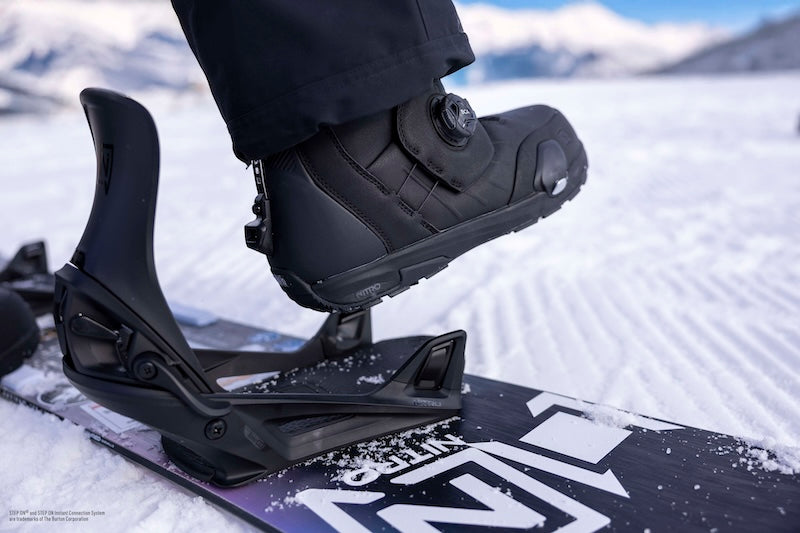


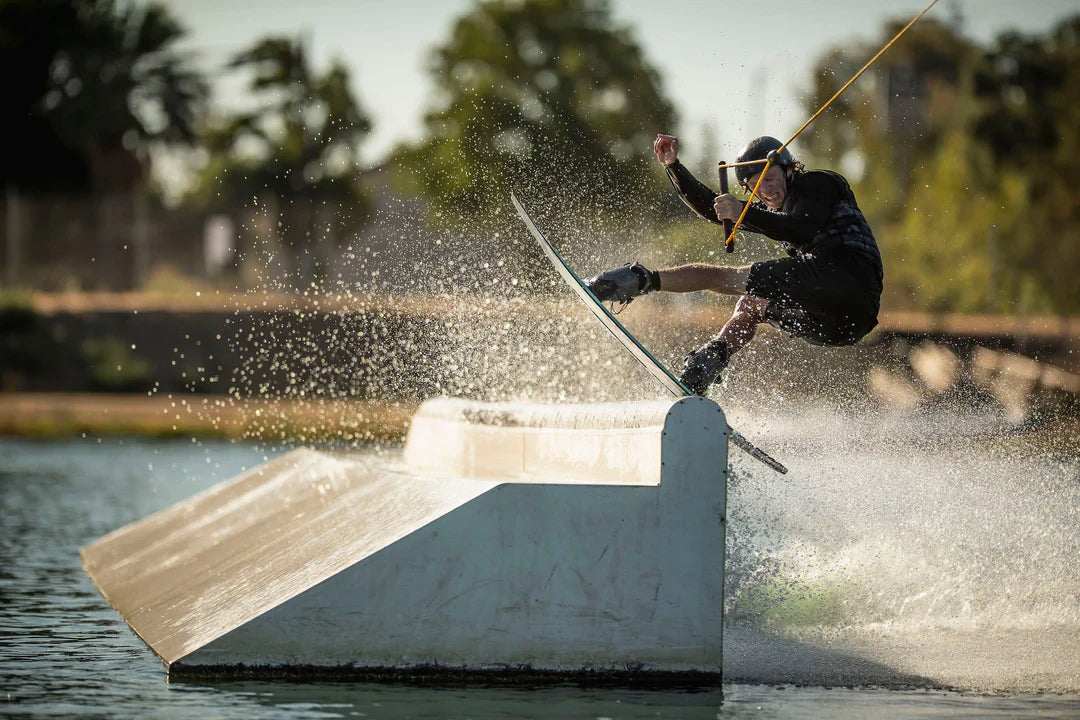
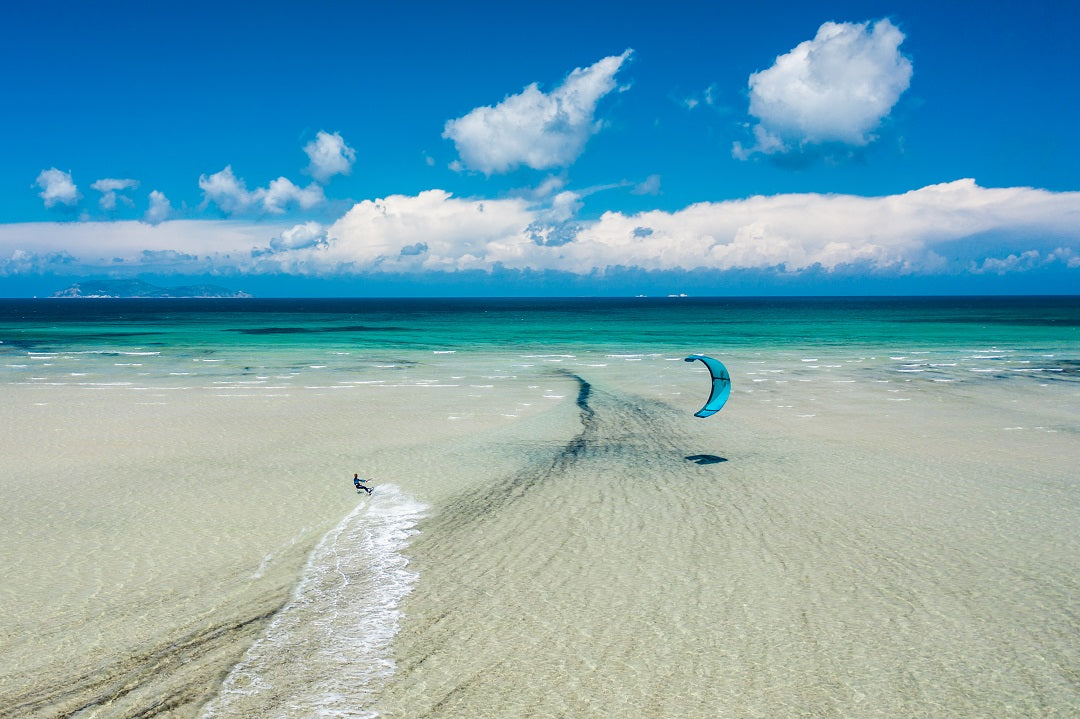

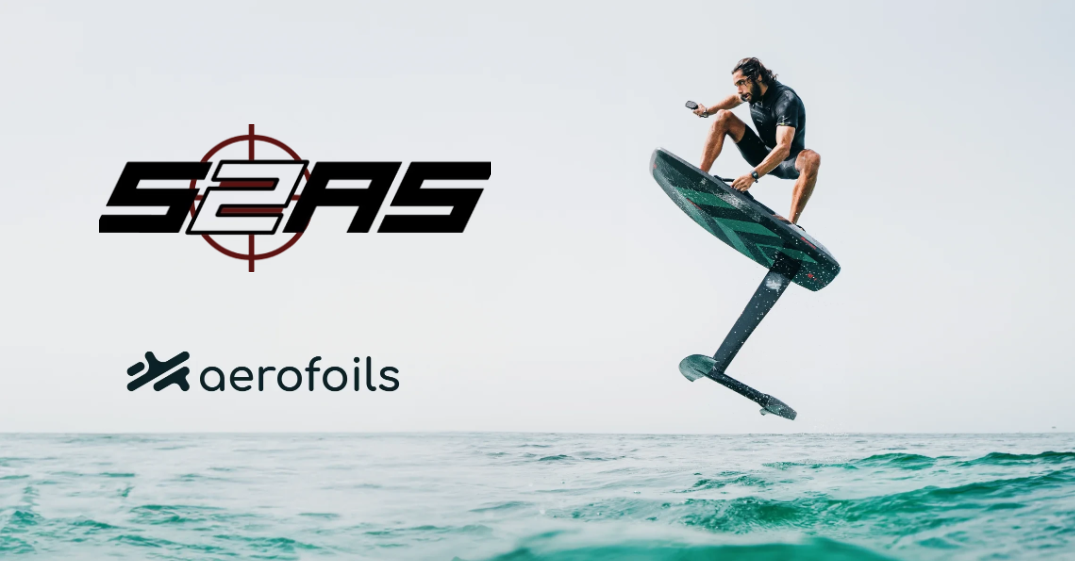
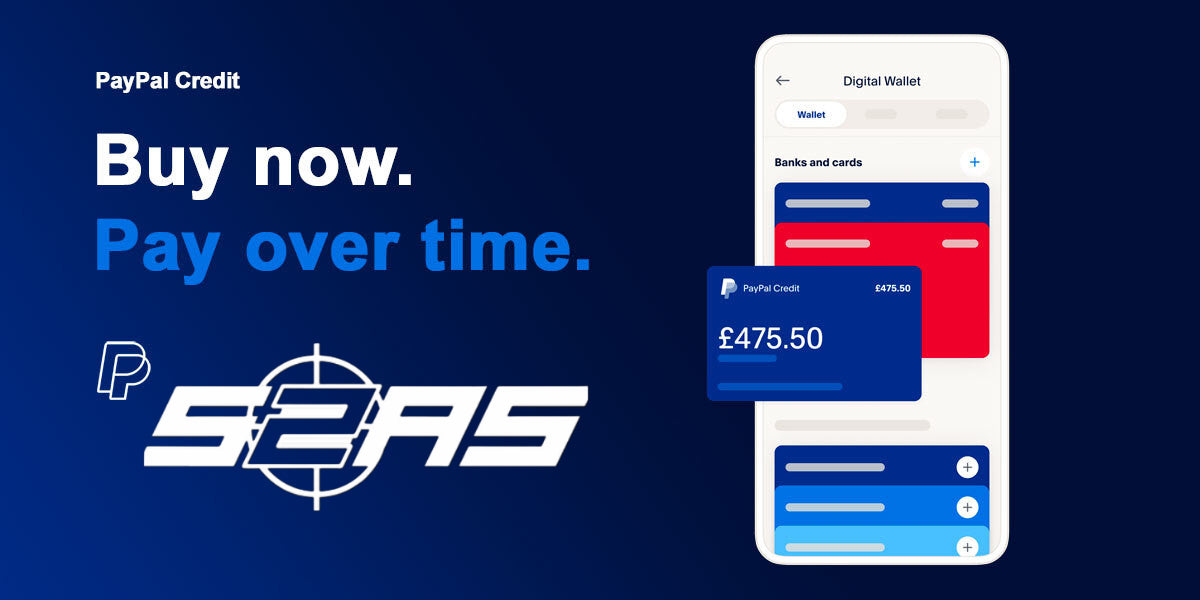
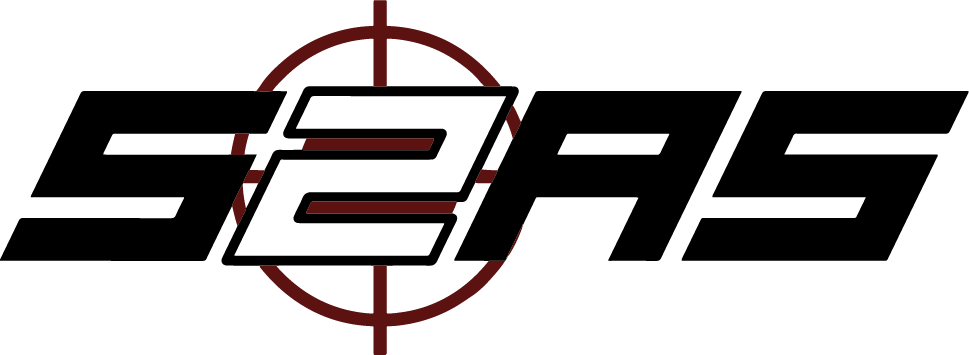
1 comment
Beetah M
Dope article! Such a great read with so much information. Thanks for simplifying it for us beginners to understand :)